What is TABE M and D?
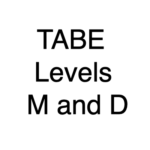
For TABE level M (medium) and D (difficult) math practice test questions, please click on the links below.
If you would like further information on the TABE 11 and 12 test, please read the sections below.
More TABE Level M and D Practice Test Questions
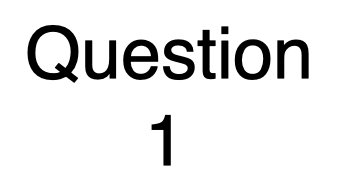
A local company makes one particular kind of concrete. For this concrete, 2 units of sand have to be added to every 3 units of cement powder used. A batch of this concrete that has 66 units of cement powder is being made. How many units of sand should be added to this batch? (M)
A) 2
B) 3
C) 22
D) 44
Answer:
The correct answer is D. Step 1 – Take the 66 units of cement powder for the current batch and divide by the 3 units stated in the original ratio: 22 ÷ 3 = 22. Step 2 – Multiply the result from Step 1 by the 2 units of sand stated in the original ratio to get your answer: 2 × 22 = 44

64 square units make up the area of a square. This square is made up of smaller squares that measure 4 square units each. How many of the smaller squares are needed to make up the larger square? (M)
A) 8
B) 12
C) 16
D) 24
Answer:
The correct answer is C. We divide to get the answer:
64 ÷ 4 = 16
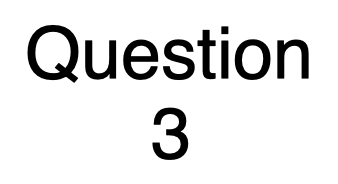
A company that fabricates cleaning products begins to make the first batch of products on Monday at 10:30 am. The actual production time is 3 hours and 25 minutes. This is followed by a bottling and labeling process that takes 1 hour and 40 minutes and a packaging process that takes a further 26 hours. If production keeps to this schedule, when will the first batch be ready for shipment? (D)
A) Tuesday at 12:30 pm
B) Tuesday at 3:55 pm
C) Tuesday at 5:35 pm
D) Wednesday at 3:55 pm
Answer:
The correct answer is C. Step 1 – Add the times for the first two processes and express in terms of hours and minutes: Production time of 3 hours and 25 minutes + Bottling and labeling time of 1 hour and 40 minutes = 3 hours + 1 hour + 25 minutes + 40 minutes = 4 hours and 65 minutes = 5 hours and 5 minutes.
Step 2 – Add the time for the packaging process of 26 hours to the result from Step 1: 5 hours and 5 minutes + 26 hours = 31 hours and 5 minutes.
Step 3 – Determine the time that the batch will be ready for shipment. 31 hours and 5 minutes have passed. In other words, a period of 24 hours and an additional 7 hours and 5 minutes have passed. The process started on Monday at 10:30 am, so by Tuesday at 10:30 am, 24 hours will have passed. An additional 7 hours and 5 minutes takes us to Tuesday at 5:35 pm.
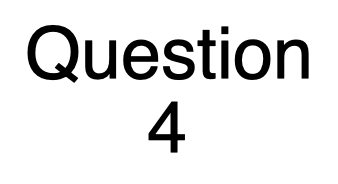
Which of the following statements about parallelograms is true? (D)
A) A parallelogram has no right angles.
B) A parallelogram has opposite angles which are congruent.
C) A parallelogram has only one pair of parallel sides.
D) A rhombus cannot be classified as a parallelogram.
Answer:
The correct answer is B. A parallelogram is a four-sided figure that has two pairs of parallel sides. The opposite or facing sides of a parallelogram are of equal length and the opposite angles of a parallelogram are of equal measure. You will recall that congruent is another word for equal in measure. So, answer B is correct.
A rectangle is a parallelogram with four angles of equal size (all of which are right angles), while a square is a parallelogram with four sides of equal length and four right angles. A rhombus looks like a diamond. All of its sides have equal length, its opposite sides are parallel, and its opposite angles are equal. So a rhombus is a parallelogram.
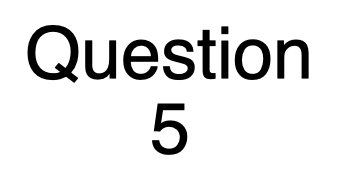
Which of the following statements best describes supplementary angles? (D)
A) Supplementary angles must add up to 90 degrees.
B) Supplementary angles must add up to 180 degrees.
C) Supplementary angles must add up to 360 degrees.
D) Supplementary angles must be congruent angles.
Answer:
The correct answer is B. Two angles are supplementary if they add up to 180 degrees.
What is the TABE 11 and 12 Test?
The TABE 11 and 12 is the most recent version of the TABE test, also known as the Test of Adult Basic Education.
You will see various math skills questions on the exam. The questions will be classified as E (easy), M (medium), D (difficult), or A (advanced).
Math concepts that are assessed on the exam include those that you should have learned in high school math, including algebra and geometry.
The TABE exam will also assess your language and literacy (reading) skills, in addition to your math skills.
How is the exam different than the 9 and 10 version?
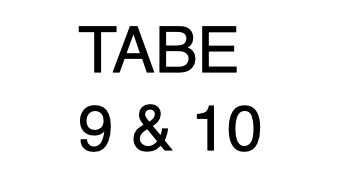
The previous version of the TABE exam was called the 9 and 10 version.
If you have already taken the 9 and 10 version of the exam, you will be surprised at how much more difficult the 11 and 12 questions are.
The 9 and 10 math exam had a very large focus on arithmetic operations and basic algebra. The 11 and 12 version of the exam includes more advanced math skills. This includes quadratics, graphing polynomials and functions, interpreting scatterplots, evaluating functions, and interpreting and analyzing research data.
More TABE Level M and D Math Practice Test Questions
More TABE level M (medium) and D (difficult) math questions can be found on the following webpage.
Note:
Please note that the TABE and the Test of Adult Basic Education are trademarks of the Data Recognition Corporation, which is not affiliated in any way with this website.